Victorian Era: The American West
Victorian Era: The American West
.
The Queen
.
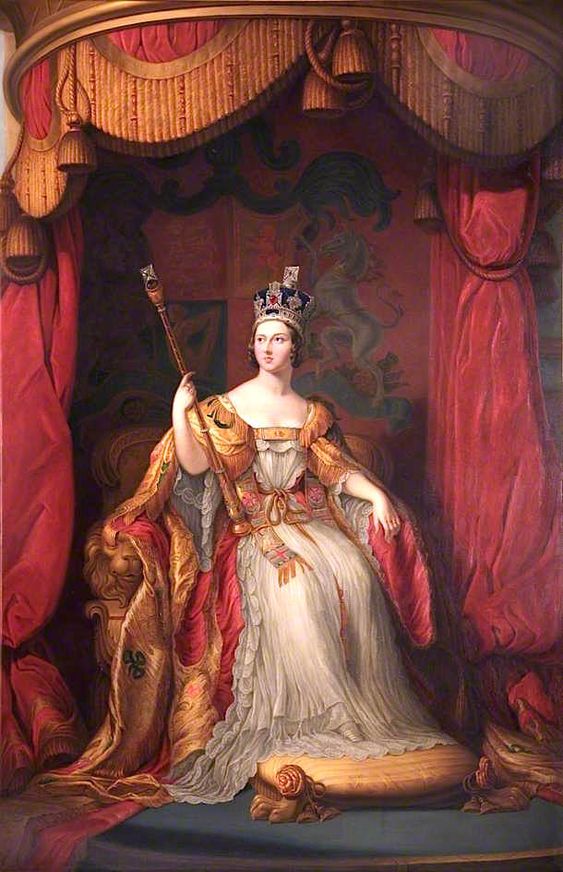
Painting of Queen Victoria in Coronation Robes. Image: via Pinterest.
.
Queen Victoria reigned from age 18 to age 81; June 1837 until her death in 1901. Anything that falls within this time, whether those English-speaking countries were her subjects or not, is referred to as the Victorian Era. Victorian Era: the American West.
While studying history, I remember the surprise of applying Queen Victoria’s reign to my nation’s democratic republic. Why wouldn’t the United States of America, having dispensed with England’s rule, label time frames by Presidents’ administrations? Or by some other American measuring stick?
I was young and didn’t understand the bigger picture. I still don’t comprehend all the reasons why, but it’s true. The Victorian: the American West works. Goes together like peanut butter and jelly.
.
Categorically Speaking
.
The American West had a Victorian Era. That’s why, within Amazon’s Book (both print and eBook) Categories, you’ll find Romance–a major category of fiction–broken down into (among many other options) Historical Romance and thence to American, Ancient World, Medieval, Regency, Scottish, Tudor, and Victorian.
When this article was originally posted (2015), I’d wished for an American West Amazon category. Yes! At last! The “American” Category isn’t for American West alone, but for all of America’s history. Books are set in colonial days, during the Revolutionary War, and through two world wars. Prior to the advent of Historical American Romance category, mail-order bride-themed novels were categorized as Victorian. Today, authors and publishers have two choices for Mail-Order Bride romances. They occurred in history’s Victorian era and most are staged in North America.
.
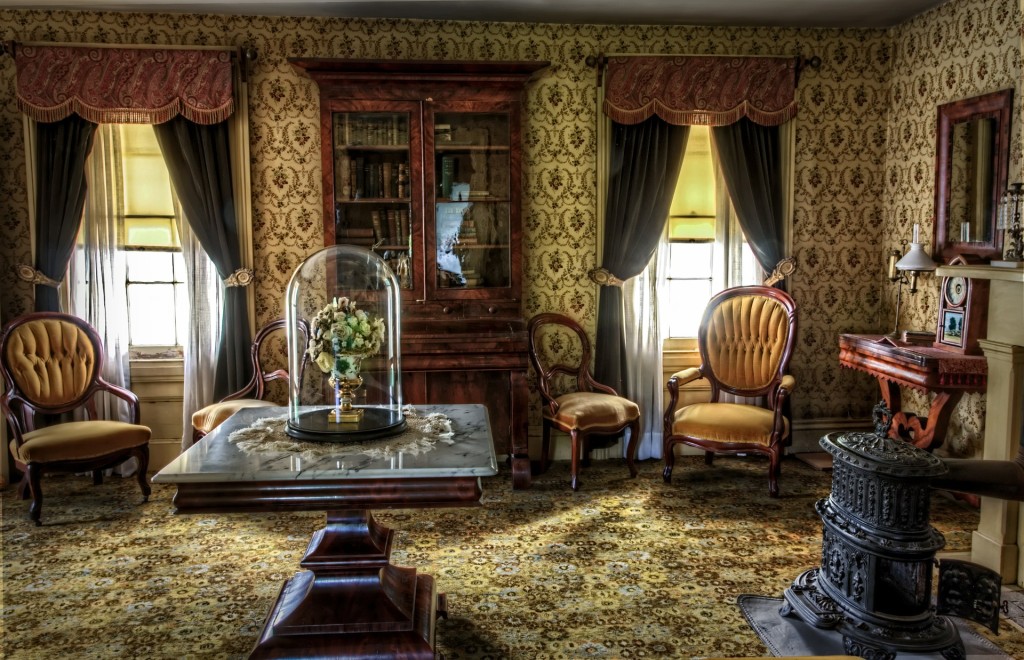
.
During Her Reign
.
Significant progress occurred during Victoria’s reign.
.
Western Expansion happened while Queen Victoria sat on the throne.
.
The United States forced the Cherokee from Georgia to make room for white settlers and their slaves.
.
The Mexican-American War brought about the annexation of Texas (which included more than the state borders we know today).
.
Oregon, with her rich soil and promise of abundance, called to the young and hale. Every late winter, companies congregated in “jumping off” places such as Council Bluffs and St. Joseph, and headed west on The Oregon Trail as soon as forage was available for their animals.
.
Mormon pioneers forged a trail west, and for the first time, an enormous body of people emigrated beyond the borders of the (then) United States. They settled in the Great American Desert.
.
Gold changed the course of the history of the world as ships sank anchor and abandoned vessels in the Golden Gate Harbor.
.
Numerous gold- and silver-strikes in western states and territories encouraged western migration. Where the men went, indigenous peoples were banished… and white women eventually followed.
.
The Yukon became region of significant interest with the Klondike Gold Rush.
.
The Homestead Act aided a great surge of westward migration.
.
The issue of slavery wore threadbare the fabric of unity in the United States and the Kansas-Nebraska Act prompted a surge of settlers into those territories.
.
The American Civil War was fought. 620,000 Americans died; more than in any other war.
.
The Emancipation Proclamation freed three-fourths of enslaved Africans.
.
The United States government authorized over 1500 wars, attacks, and raids on indigenous peoples. The Indian Wars ended in the late 19th century, after extensive genocide.
.
Recommended Reading (or Listening):
An Indigenous People’s History of the United States
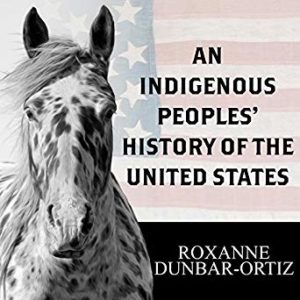
.
The Pony Express delivered mail from the Mississippi River Valley through the Great American Dessert and to California in record time. Their hard-riding work lasted only briefly until the telegraph made delivery of news nearly instantaneous.
.
The golden spike commemorated the grand accomplishment of a transcontinental railway while Victoria remained Queen of England and all British subjects.
.
Electric lights came into vogue and large cities followed the great King Kamehameha of Hawaii whose palace had electric lights and telephones before the White House.
.
Nineteen states joined the Union: Florida, Texas, Iowa, Wisconsin, California, Minnesota, Oregon, Kansas, West Virginia, Nevada, Nebraska, Colorado, North Dakota, South Dakota, Montana, Washington, Idaho, and Wyoming. I feel a little partial to Wyoming‘s Statehood.
.
The Great Chicago Fire destroyed a significant portion of the city and many lives were lost.
.
The Spanish-American War began and ended in 1898.
.
Inventions
.
Numerous inventions occurred during the Victorian Era.
This list is far from complete:
- lawnmower
- mechanical (“propelling”) pencil
- margarine
- dental anesthesia
- antiseptics
- dental chair
- safety pin
- telegraph
- Vaseline
- postage stamp
- air brakes
- traffic lights
- metal windmill
- mail-order catalog
- barbed wire
- screen doors and windows
- doorbell
- shoe welt stitcher
- telephone
- sewing machine
- curling iron
- gelatin
- Jell-O
- flour sifter
- rotary egg beater
- Safety Bicycle
- four-stroke internal combustion engine
- carpet sweeper
- cylinder phonograph or
- tin foil phonograph
- moving pictures
- light bulb
- toilet paper
- seismograph
- metal detector
- roll film for cameras
- automatic player piano
- paper-strip photographic film
- rayon
- chewing gum
- fountain pen
- mechanical cash register
- steam turbine
- machine gun
- first practical automobile to be powered by an internal-combustion engine
- gasoline operated motorcycle
- dishwasher
- world’s first four-wheeled motor vehicle
- Coca-Cola
- Pepsi-Cola
- Dr. Pepper
- root beer
- radar
- gramophone
- contact lenses
- paper drinking straws
- pneumatic tire
- AC motor and transformer
- matchbook
- smokeless gunpowder
- elevator
- escalator
- hair clippers
- diesel-fueled internal combustion engine
- vacuum flask
- the zipper
- carborundum
- motion picture camera
- the rubber heel
- roller coaster
- motor-driven vacuum cleaner
- aspirin
- antipyrin-based fever-reducers and analgesics
- paper clip
- packaged yeast
- “snow tires” for wagons and buggies
.
… and that’s all pre-1900.
.
.
After January 1901
.
The Titanic sank approximately 11 years after Victoria’s death.
.
All in all, Queen Victoria reigned 63 years, 7 month; longer than that of any other British monarch and the longest of any female monarch in history. [Queen Elizabeth II is an exceptionally close second. On 6 February 2015, she had reigned 63 years.]
.
That is a lot of living for a young United States, ranging from age 61 years to 125 years of age.
.
During those many years of a long-lived monarch, Queen Victoria’s influence was greatly felt in the United States. Americans may have severed ties with the throne of England, but one small example of Her Majesty’s influence is the tradition of bridal white. Victoria’s choice of a white wedding dress was later echoed by debutantes and the wealthy (anyone to whom a white dress wasn’t impossible or ridiculously impractical) in the States (or as Victoria would have said, “the Colonies”). For an interesting opinion on the queen’s influence on the United States, see this online response to this very question.
.
The Victorian Era, spanning nearly 64 years, began at a time when the west was considered anywhere west of the original 13 colonies. Missouri was a rough frontier where adventurous souls lived well beyond the border of ‘civilization.’ The Ohio river valley was home to a few hardy souls. Consider just how far East the current state of Ohio is, given the map of the United States now. By the end of the Victorian Era (1901), only six of today’s States had not yet joined the Union.
.
The Wild West is a term known as an Americanism (it originated in the United States). First documented print happened between 1850 to 1855. It was also known as the Old West or the Frontier. Wikipedia offers a marvelous Old West timeline.
.
Bottom line: Yes. Despite the fact Victoria did not reign over the “American Colonies,” The United States of America did, indeed, have a Victorian Era. These six decades cover a vast range of circumstances, events, progress, military action, inventions, and more.
.
No wonder so very many historical romances are set in the Victorian Era.
.
.
Invitation
.
Please respond to this post, answering this question: What occurrence in American history is your favorite setting for a romance novel, and why?
.
![]()
.
Related Articles
.
.
Updated May 2022
Copyright © 2015 Kristin Holt LC
Victorian Era: the American West

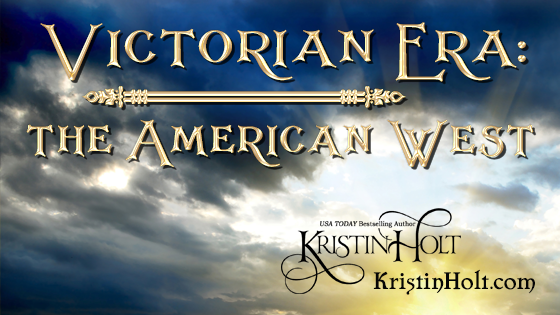
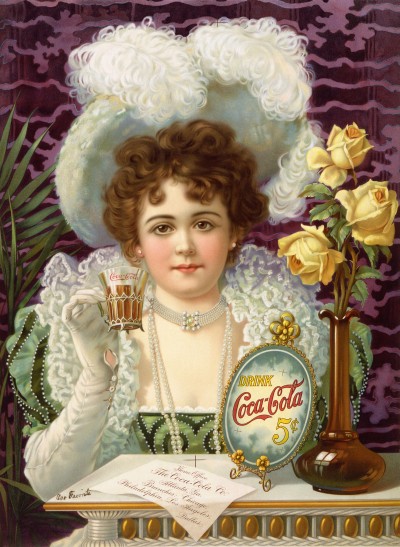
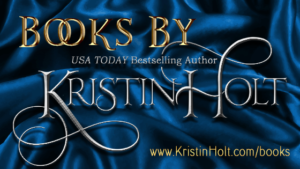

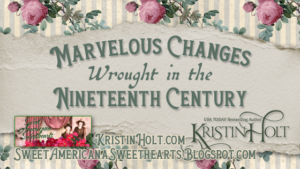
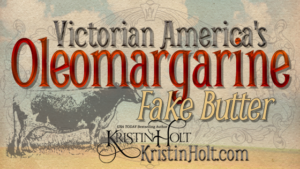
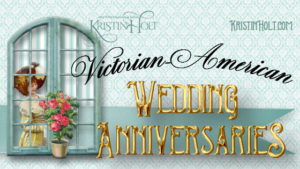
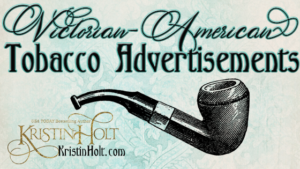



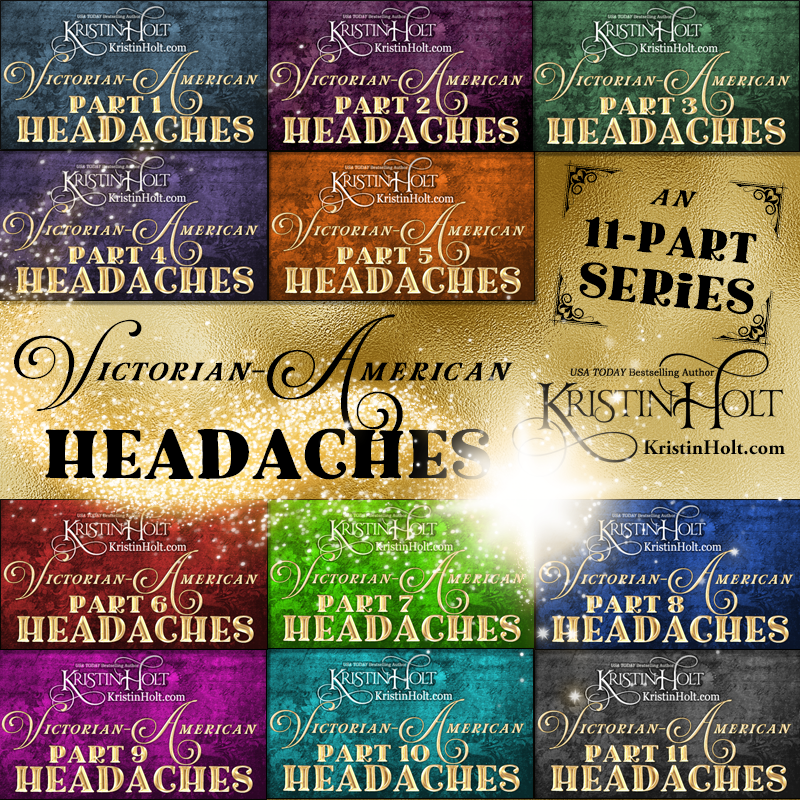
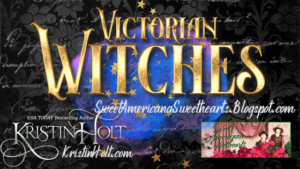
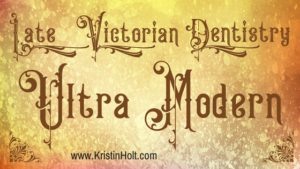
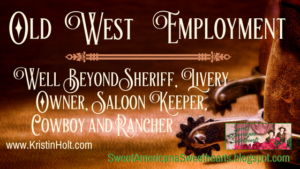
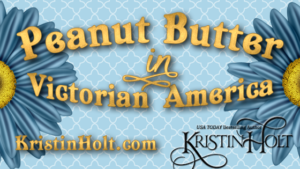
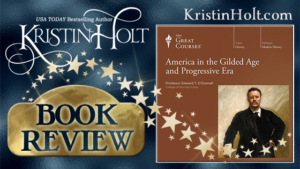
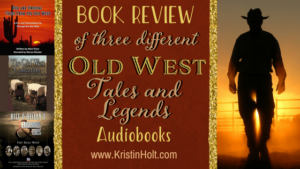
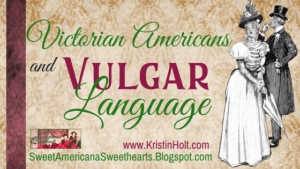
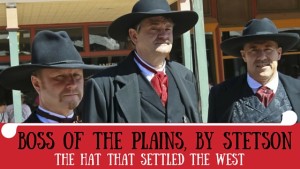
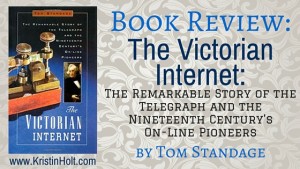
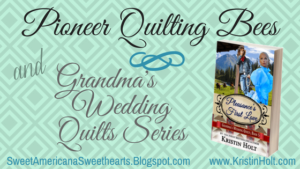

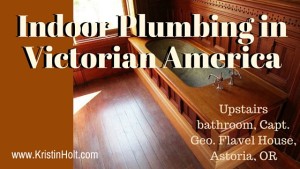
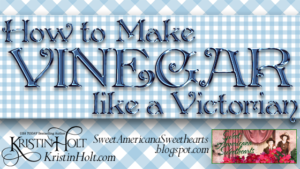
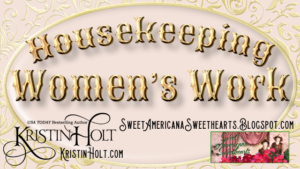
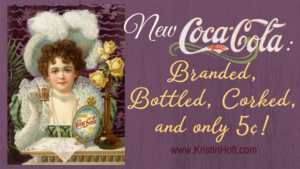
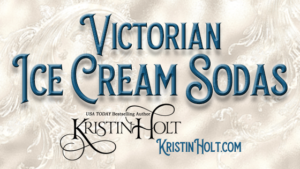
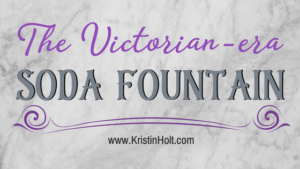

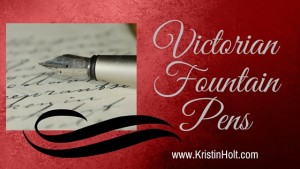
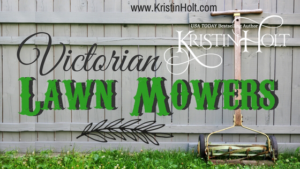

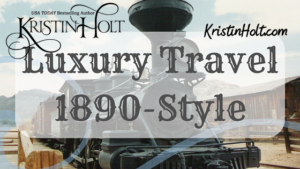

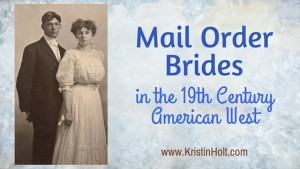
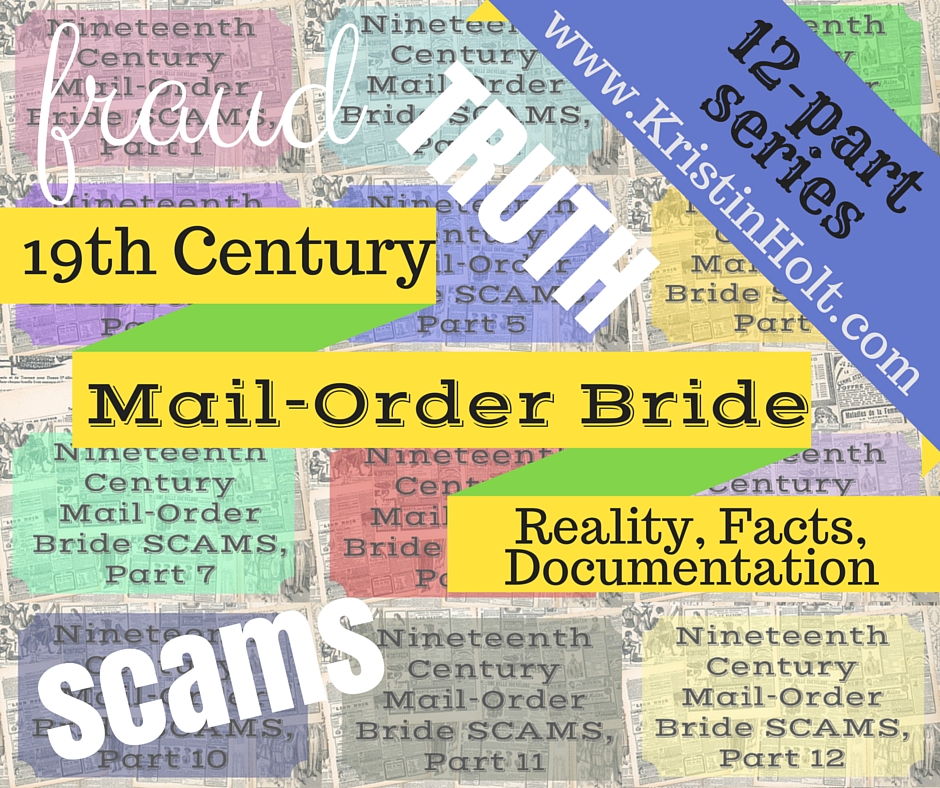
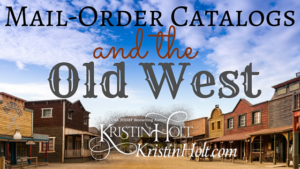
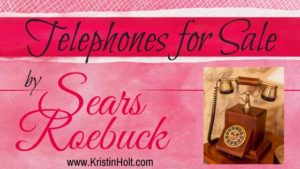
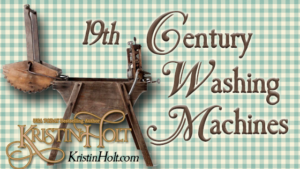

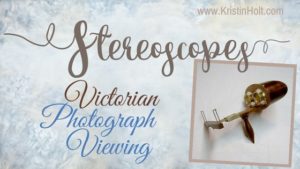
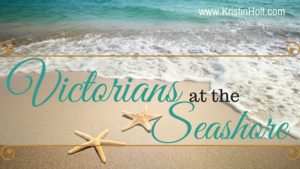
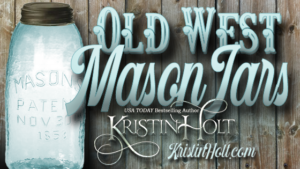

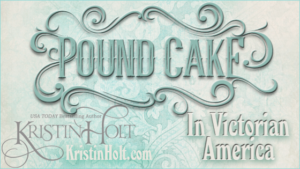
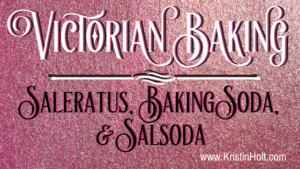
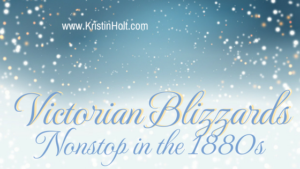
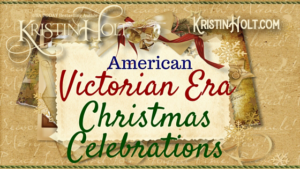
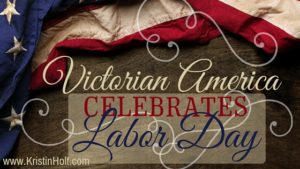
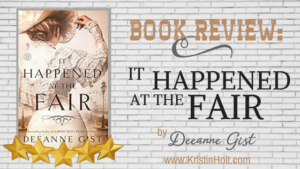








I love the American West(whether Amazon has that category or not!) mail order brides, the travel west, whether by wagon train, trains, or smthe stagecoach to get to the final destination. It’s my favorite setting. And thank you! I loved this blog Kristin!
What a great, informative blog, Kristin! Thank you for sharing all this wonderful info on the Victorian Era. The last few decades of the era are my favorite to both read and write about!
Generous thanks to Cindy and Shanna– I so enjoyed your feedback & comments, and see we have much in common. I’m fascinated by the late 19th Century American West.